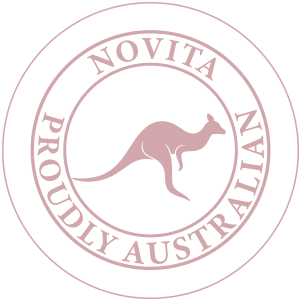BOOK AN APPOINTMENT




The process of 'passing' The Kimberley Process certification is absurdly simple, to the point of being a complete fiasco. Basically, when a supplier sells rough diamonds to another supplier, they provide a certificate of origin that certifies that the diamonds belong to the diamond Kimberley Process and, therefore, conflict-free. But, you might be asking, who certifies the certificates? That's the funny part. They certify themselves! The sellers of 'Blood Diamonds' accrediting their own certificates and then selling to other suppliers who also certify themselves to stay within the chain of ‘The Kimberley Process’ ensures that all the members are covering for each other and protect themselves from regulators and auditors.
The problems inherent to mined diamonds cannot be solved by a simple process and certainly never by 'The Kimberley Process', which miners and sellers made and facilitates the cover up of 'Blood Diamonds' in the industry. 'Blood Diamonds' can never be truly traced to their source of origin with any reasonable degree of certainty. Since the beginning, suppliers have always been regularly mixing conflict diamonds with diamonds from regulated mines, an easy thing to do since a diamond from one mine is indistinguishable from a diamond unearthed another mine. Suppliers painlessly certifying themselves isn't going to change that.